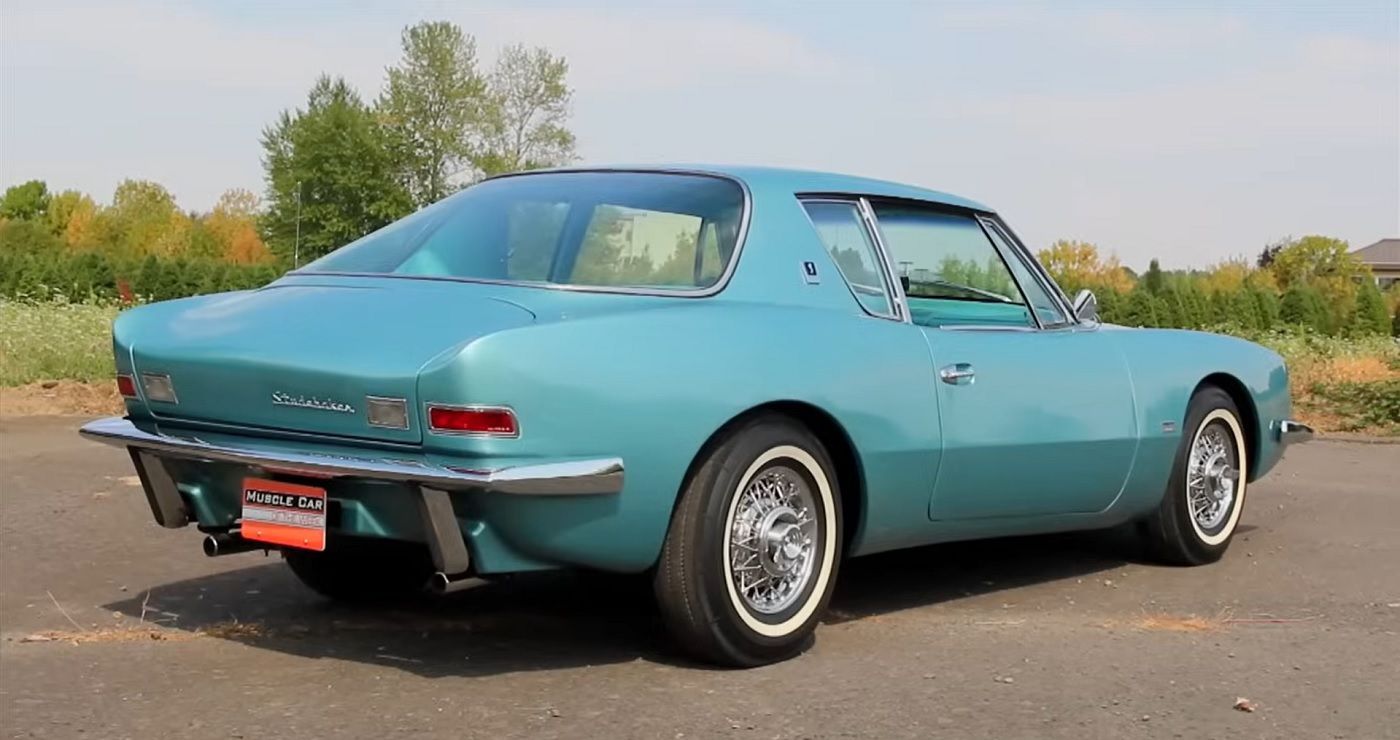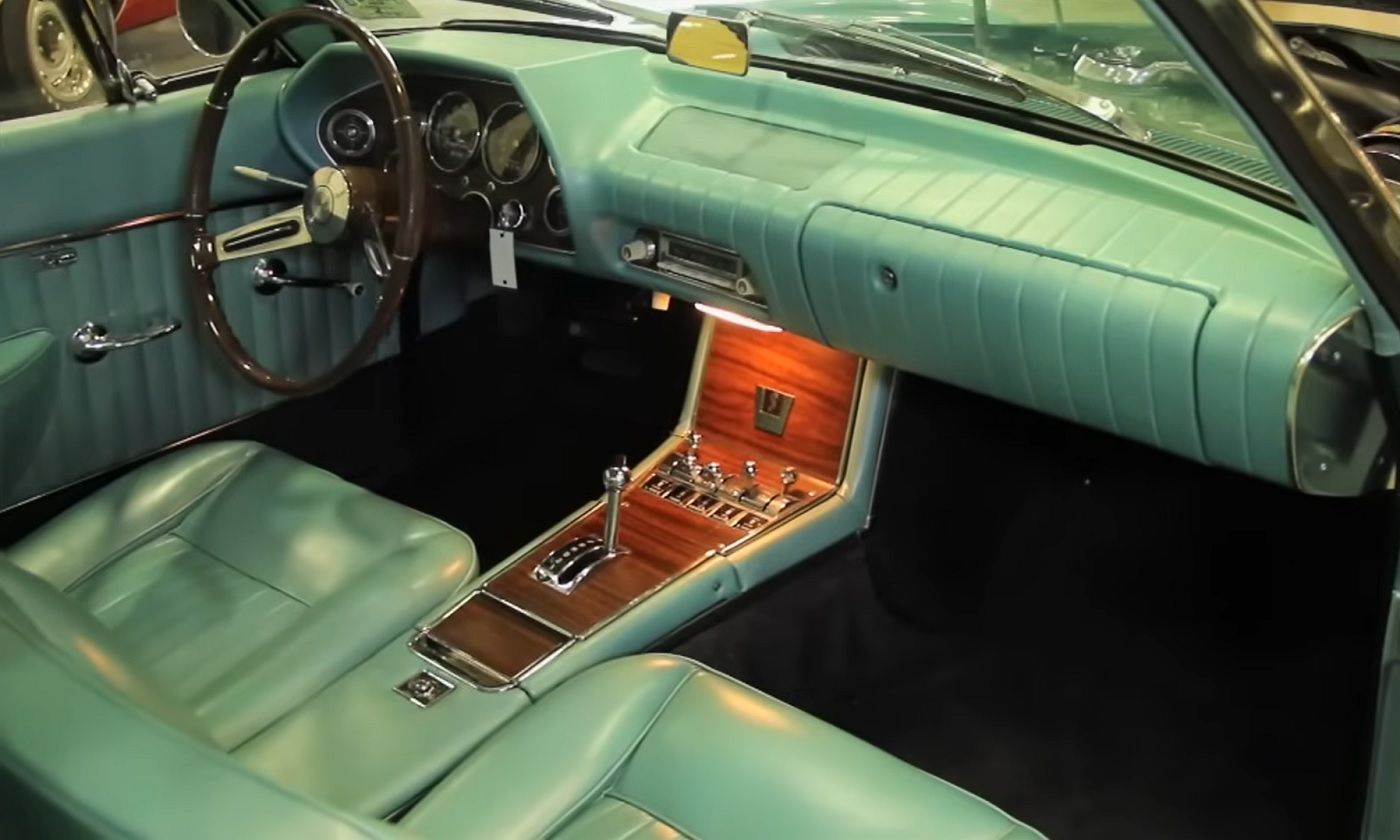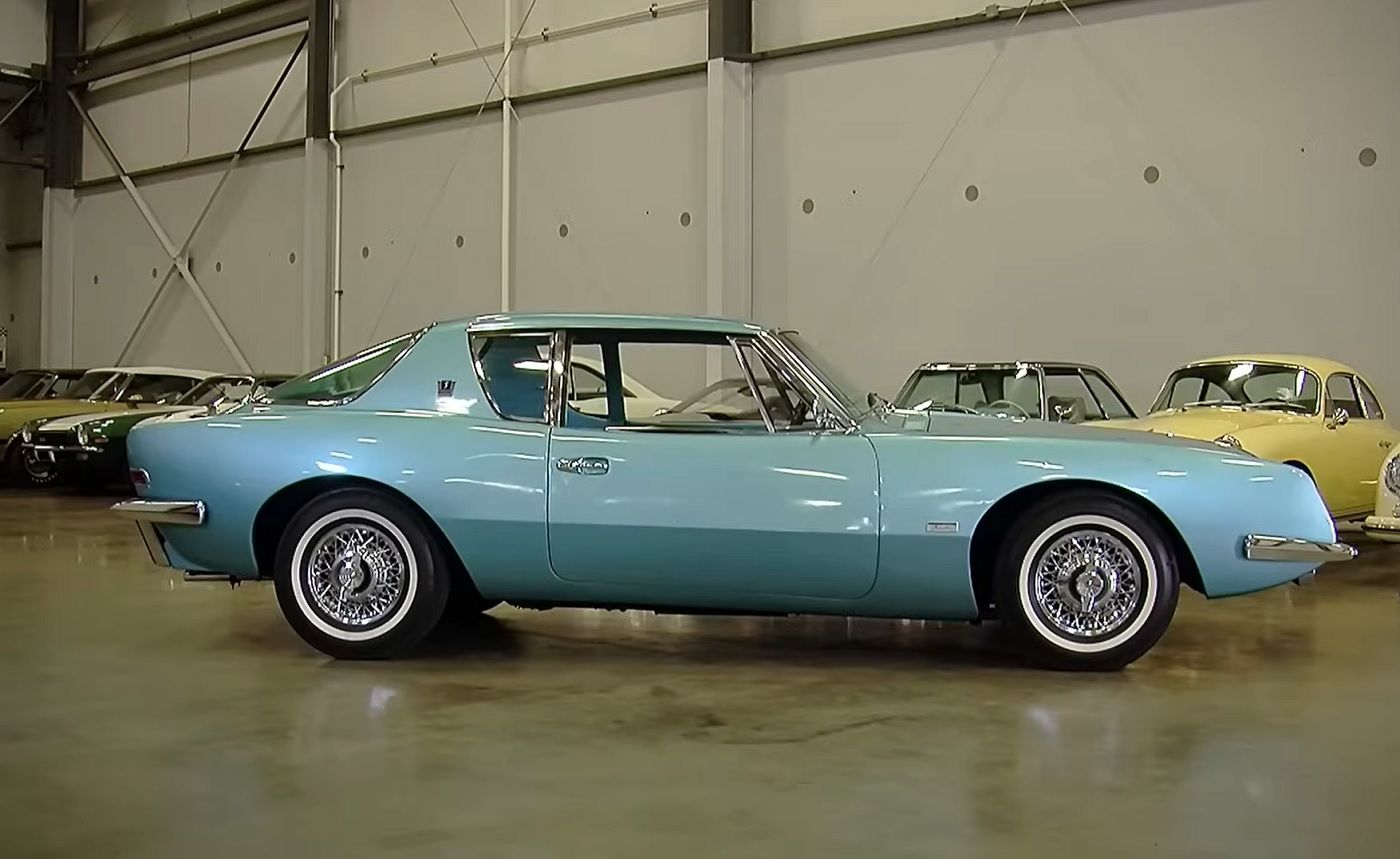The Studebaker Avanti stands as an enigmatic figure in automotive history, often overlooked amidst the iconic Mustangs and Camaros of its era. Yet, its tale is one of innovation, ambition, and ultimately, heartbreak.
In the mid-20th century, as Ford and Chevrolet dominated the American automotive landscape with their Mustangs and Camaros, Studebaker, a venerable but struggling brand, sought to carve its own path.
Enter the Avanti, a daring creation aimed at challenging the status quo and propelling Studebaker to newfound heights.

The genesis of the Avanti can be traced back to Sherwood H. Egbert, a visionary executive tasked with revitalizing Studebaker’s fortunes. Egbert, renowned for his success in the power tool industry, saw an opportunity to disrupt the market with a revolutionary sports car.
Teaming up with renowned designer Raymond Loewy, Egbert embarked on a mission to create a vehicle that would captivate the automotive world.
The result was the Avanti, a striking blend of avant-garde design and cutting-edge technology. From its sleek fiberglass body to its innovative grille-less front end, the Avanti exuded a sense of futuristic allure.

Under the hood, it boasted a range of powerful V8 engines, including the formidable R3 variant, capable of shattering land speed records with ease.
But despite its undeniable appeal, the Avanti faced an uphill battle from the start. Production delays and quality control issues plagued Studebaker’s efforts, hindering its ability to meet demand and tarnishing its reputation in the eyes of consumers.
Despite rave reviews and initial excitement, sales figures fell far short of expectations, spelling doom for the ambitious project.

In December 1963, Studebaker, crippled by financial woes, ceased production altogether, marking the end of the road for the Avanti. Yet, its legacy endured, a testament to the audacity and innovation of its creators.
Over the years, the Avanti has attained cult status among enthusiasts, cherished for its bold design and untapped potential.
While its time may have been cut short, the Studebaker Avanti remains a symbol of what could have been—a visionary sports car ahead of its time, forever etched in the annals of automotive history.

